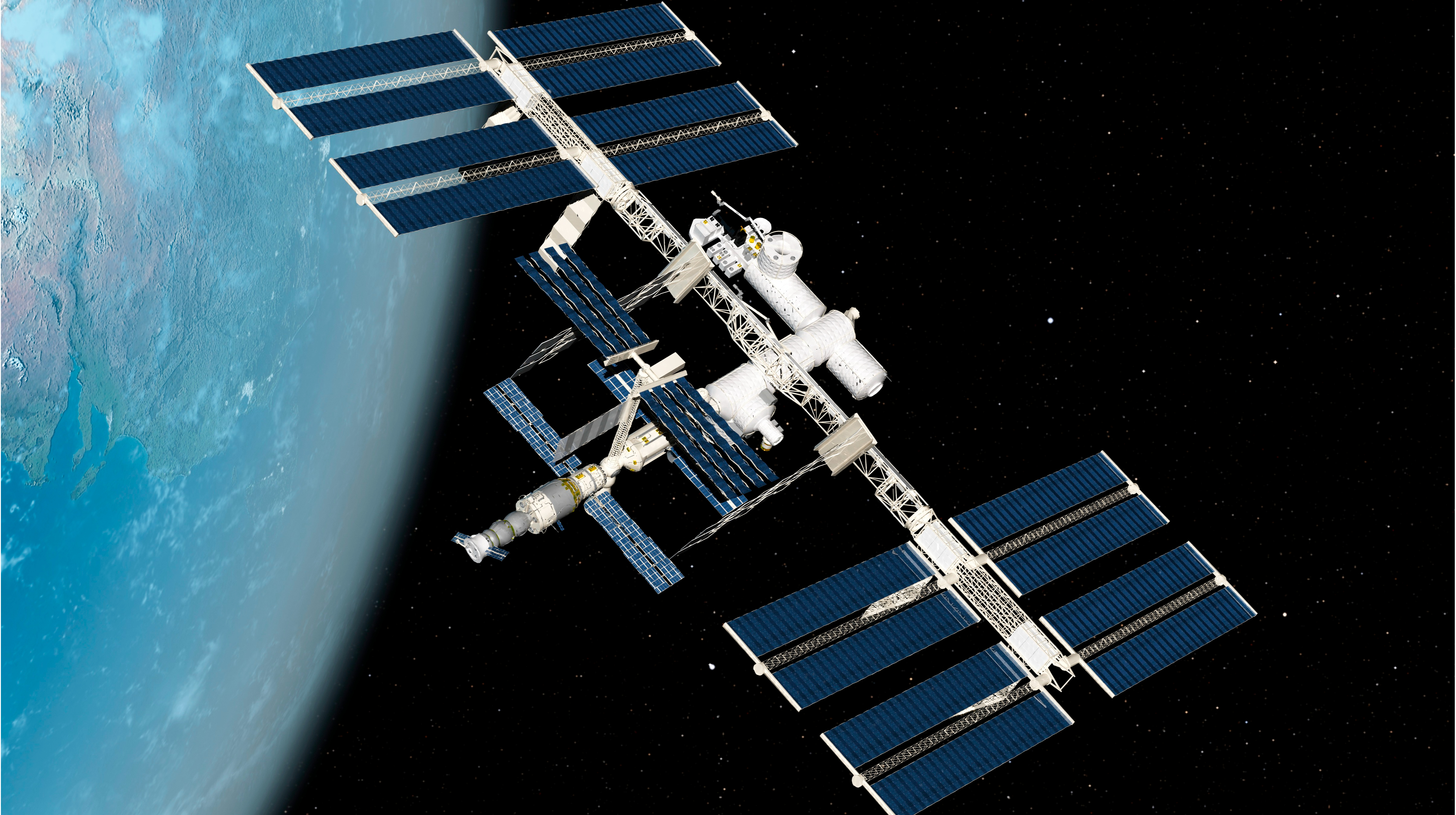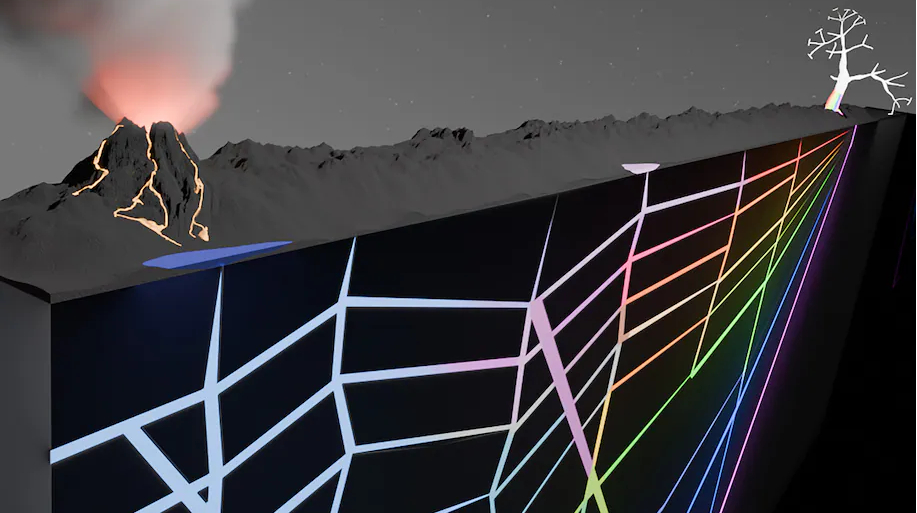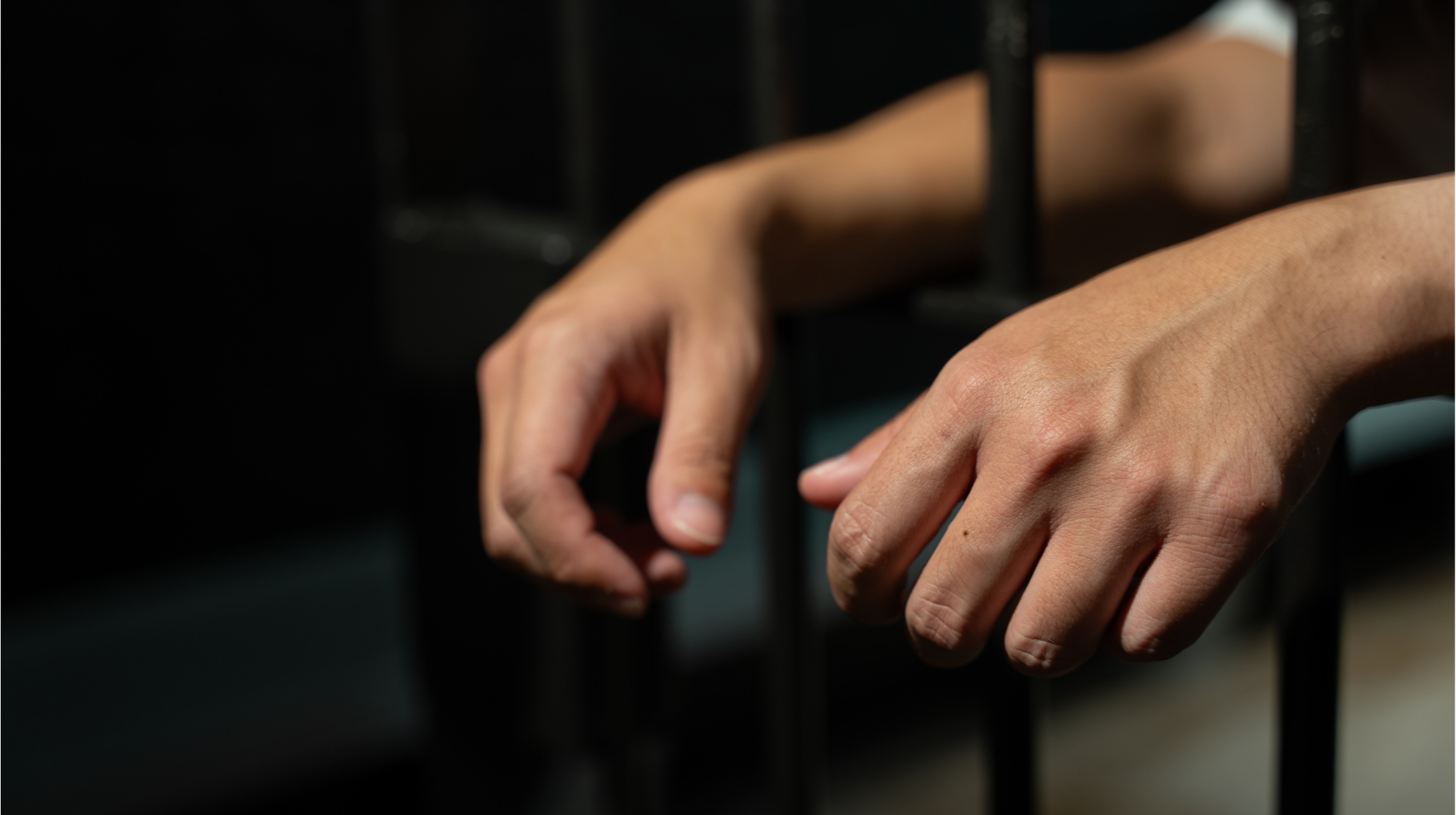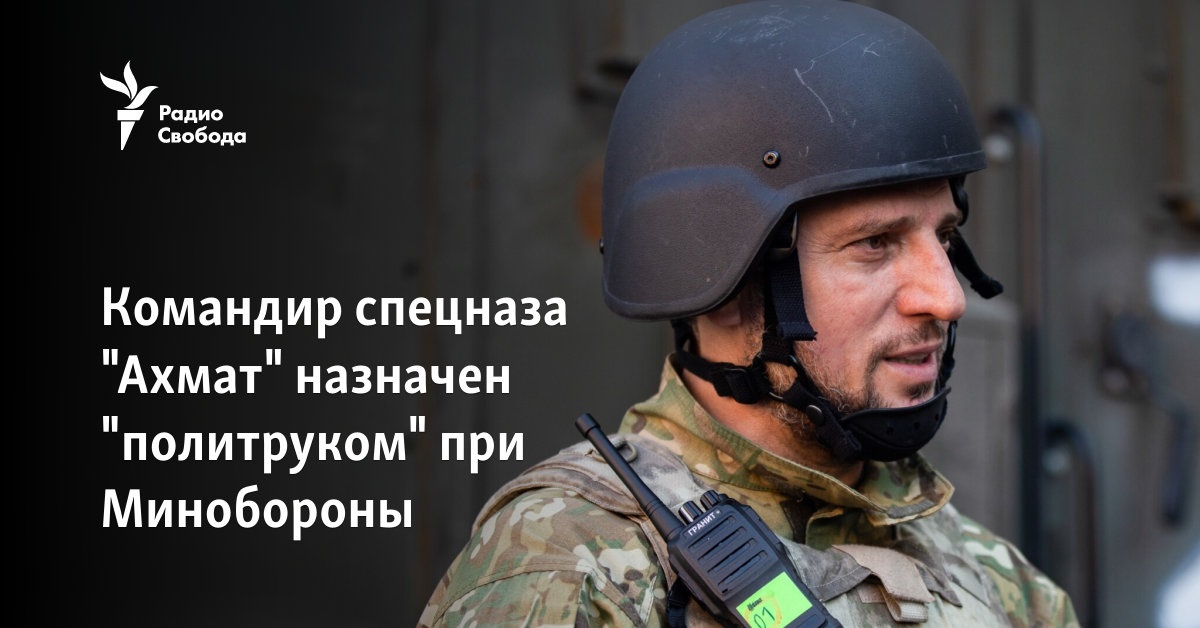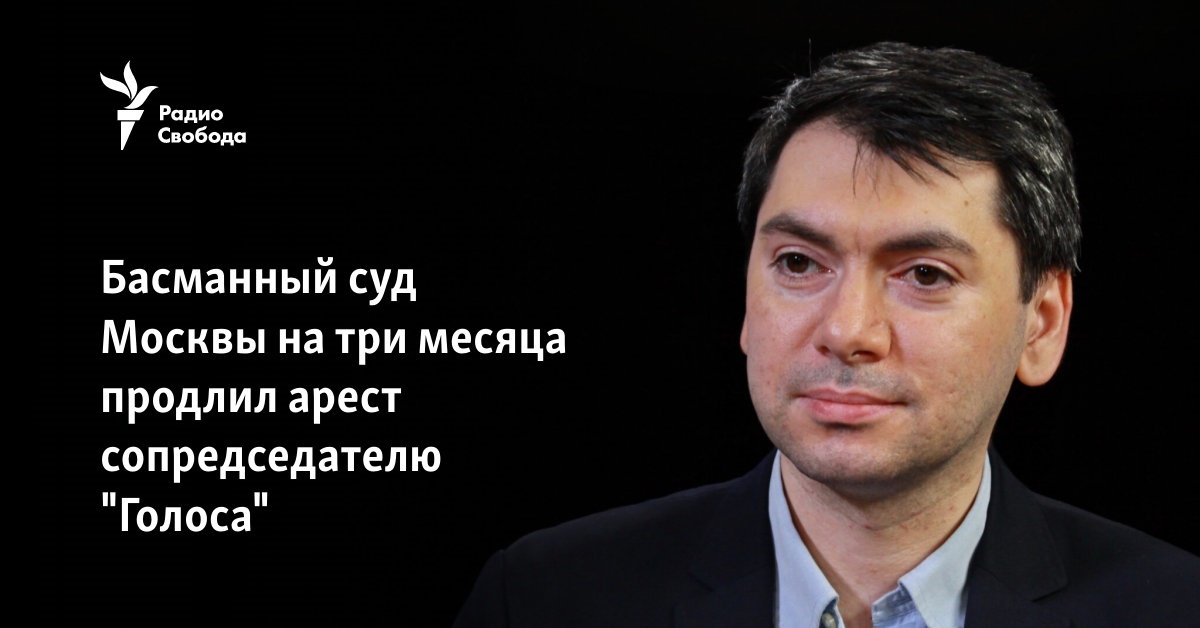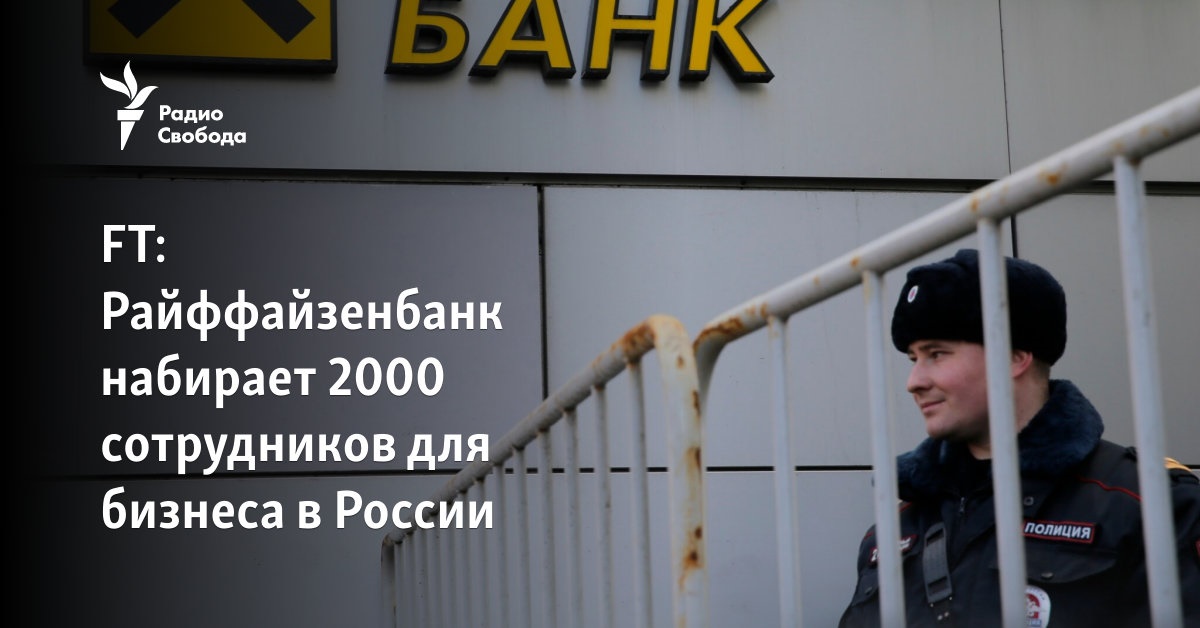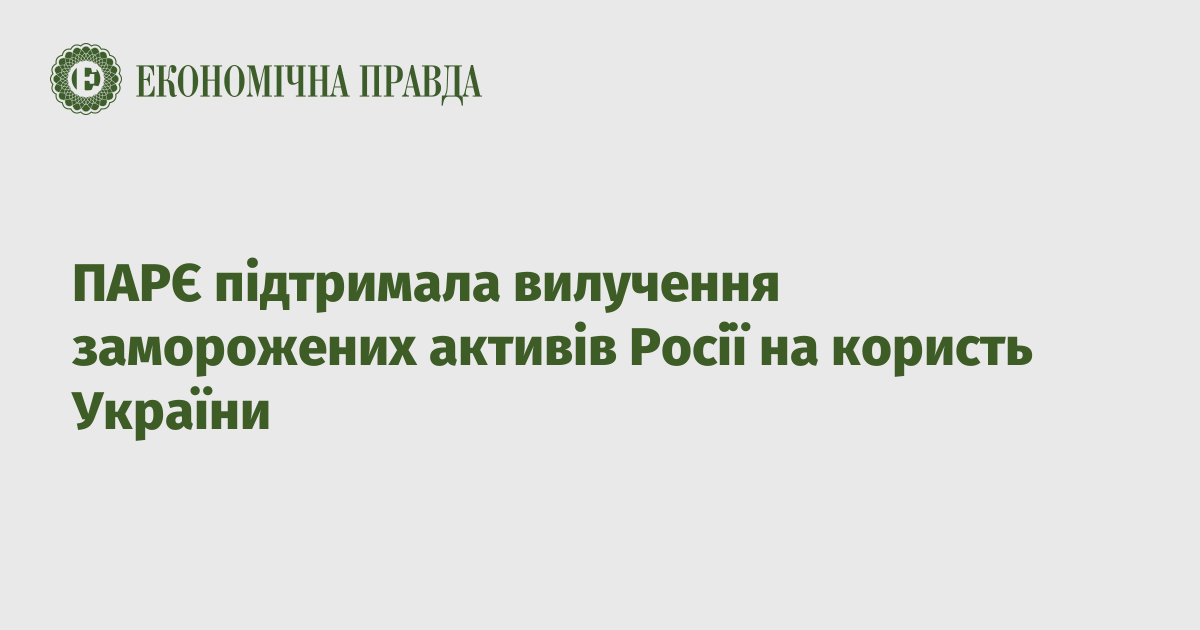Dangerous deer antlers: why it is forbidden to collect them in Chernobyl. PHOTO
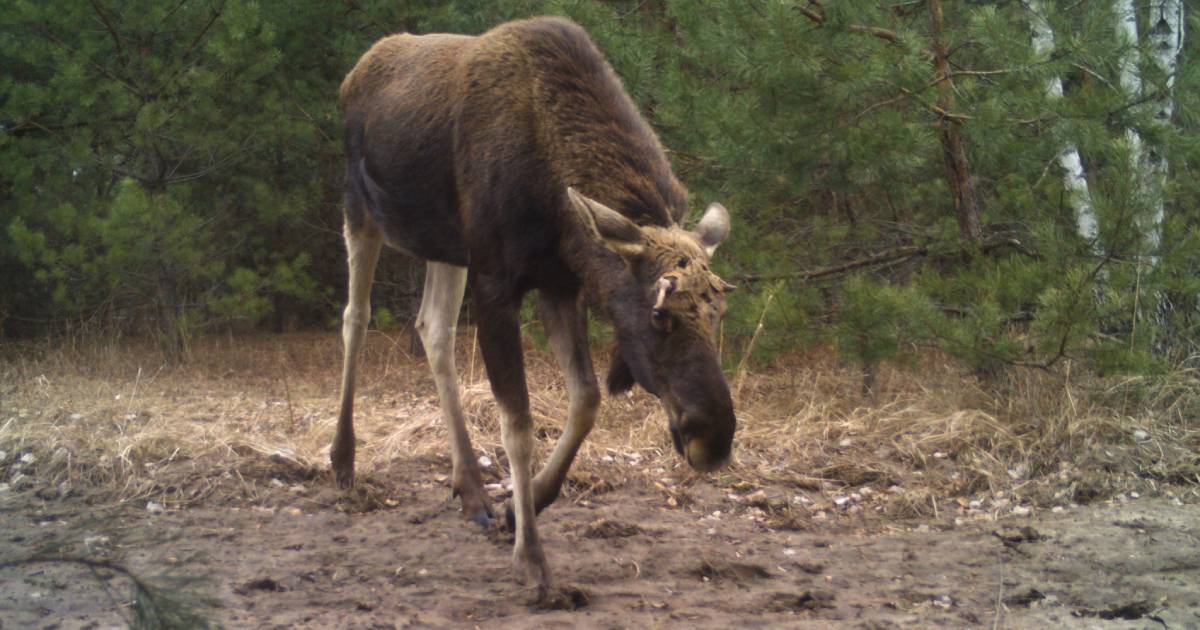
In the exclusion zone, it is forbidden to collect antlers, which are shed by local deer at the end of winter. This is reminded in the Chernobyl radiation-ecological biosphere reserve. The reason is that the horns have the ability to significantly accumulate radiation, and more precisely, the radionuclide – strontium 90. “All representatives of the deer family living in the Reserve (red deer, roe deer and European moose) are both horned and hornless,” the conservationists write. Attire. Photo: Chernobyl Radiation-Ecological Biosphere Reserve They add that females never wear heavy crowns on their heads, but males in adulthood grow horns every year. They are discarded as unnecessary after the so-called race, that is, mating games and tournament fights, which are accompanied by the mating period in animals. According to conservationists, moose have the largest horns. They often have a shovel-like shape with several processes. Span – up to 180 cm, weight – 20-30 kg. European moose. Photo: Chernobyl Radiation-Ecological Biosphere Reserve The age of the animal can be judged by the number of branches and the size of the horns. “Antlers grow intensively all summer. At the end of autumn – at the beginning of winter, their blood supply is completely cut off, they harden, dry up and fall off,” the department emphasizes. Moose in the exclusion zone. Photo: Chernobyl Radiation-Ecological Biosphere Reserve They add that this process is painless, although it obviously disturbs the animals, as they intensively rub against the trees or shake their heads until the appendages fall off completely. We remind you that a herd of cows lives near Chernobyl, which went wild after the death of their owners. Read also: A brown bear was spotted twice in the Chernobyl zone in 2022. PHOTO
Original Source Link


